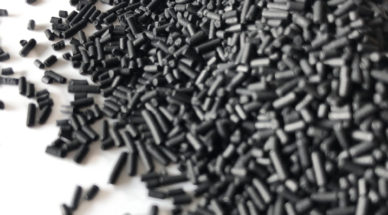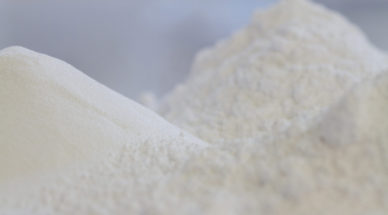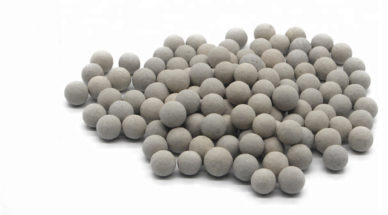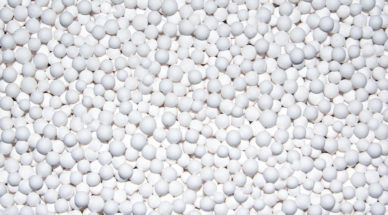Molecular Sieve
Molecular sieves are crystalline metal aluminosilicates having a three-dimensional interconnecting network of silica and alumina tetrahedra.

Molecular Sieve 3A
3A molecular sieve: Has a pore size of 3A or 3 angstrom. Any molecule larger than 3A will not be able to be adsorbed. Mole Sieve is an alkali metal alumino-silicate, the potassium form of the type A crystal structure. 3 angstrom is created when part of the sodium ions of the 4 angstrom sieve are replaced by potassium ions. The sequence rate of adsorption rate is helium, neon, nitrogen and water.
3A Data Sheet Downloads
Material Safety Data Sheet

Molecular Sieve 4A
4A molecular sieve: Has a pore size of 4A or 4 angstroms. Any molecule larger than 4A will not be able to be adsorbed. 4 angstroms are the sodium forms of the Type A crystal structure. The sequence rate of adsorption is argon, krypton, xenon, ammonia, carbon monoxide, C2H4, C2H2, CH3OH, C2H5OH, CH3CN2, CS2, CH3CL, CH3Br, and carbon dioxide.
4A Data Sheet Downloads
Material Safety Data Sheet

Molecular Sieve 5A
5A Molecular Sieve: Type has a pore size that is 5A. It cannot adsorb any molecules smaller than 5A. This molecular sieve is an alkali aluminosilicate in the calcium form of Type A crystal structure. The basic application is the separation of the normal and isomerous alkane, co-adsorption of carbon dioxide and moisture, along with pressure swing adsorption (PSA) for gases.
5A Data Sheet Downloads
Material Safety Data Sheet

Molecular Sieve 13x
13X Molecular Sieve: Has a pore size of roughly 10A. This is considerably larger than any of the A-type openings. This desiccant is used primarily for refinements of liquid and gases because it offers synchronized absorption for bi-molecule and tri-molecule. It can co-adsorb CO2 and H2O, H2O and H2S. 13X Mole sieve also has applications as a desiccant for medical and compressor uses and as a c catalyze carrier.
13x Data Sheet Downloads
Material Safety Data Sheet

Molecular Sieve for Rich Oxygen
Used for rich oxygen generation, oxygen/nitrogen separation in air separation processes. Compared with common calcium-type and sodium-type molecular sieve for oxygen generation, HYGB100C applies to various VPSA devices with better capacity and separation efficiency.
Data Sheet Download
Material Safety Data Sheet

Molecular Sieve for Refrigerant
Series refrigerant adsorbents effectively remove moisture and other contaminants from refrigerant; thus avoid ice formation and protect the system from blockage and corrosion.
Data Sheet Download
Material Safety Data Sheet

Molecular Sieve for Air Brake
Molecular sieve for air brake system is specifically formulated for use in air actuated brake systems to dehydrate the compressed air and keep brake lines from freezing and corroding. Heavy vehicles such as trucks and buses use air to power their brakes. Air must be kept as dry as possible to avoid any freezing in the circuit but also any corrosion of the metallic parts. It has very high crush strength, abrasion resistance and water capacity allowing for long term use in air brake systems.




